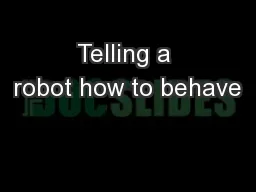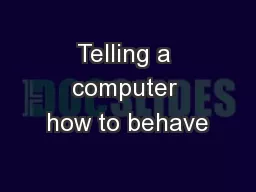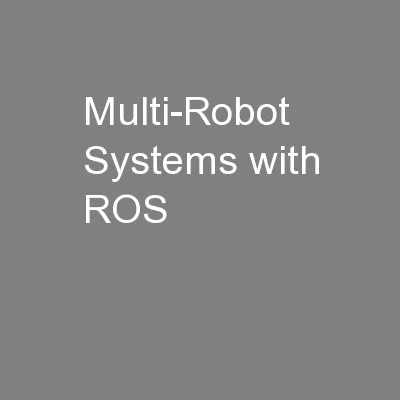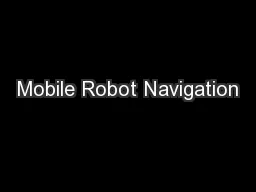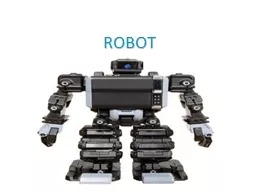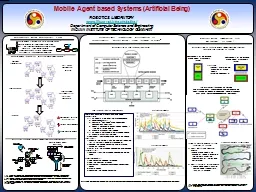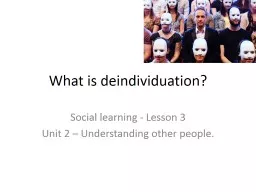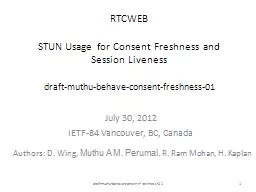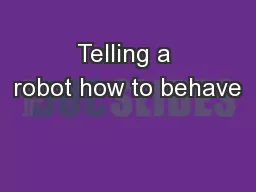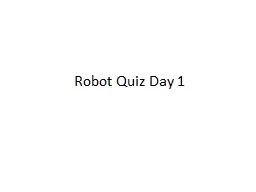PPT-Telling a robot how to behave
Author : celsa-spraggs | Published Date : 2015-09-22
Adam Finkelstein COS 116 Spring 2012 Today Understanding a simple robot Why Larger goal seek an answer to What is Computation Acquire insight into technology
Presentation Embed Code
Download Presentation
Download Presentation The PPT/PDF document "Telling a robot how to behave" is the property of its rightful owner. Permission is granted to download and print the materials on this website for personal, non-commercial use only, and to display it on your personal computer provided you do not modify the materials and that you retain all copyright notices contained in the materials. By downloading content from our website, you accept the terms of this agreement.
Telling a robot how to behave: Transcript
Download Rules Of Document
"Telling a robot how to behave"The content belongs to its owner. You may download and print it for personal use, without modification, and keep all copyright notices. By downloading, you agree to these terms.
Related Documents

